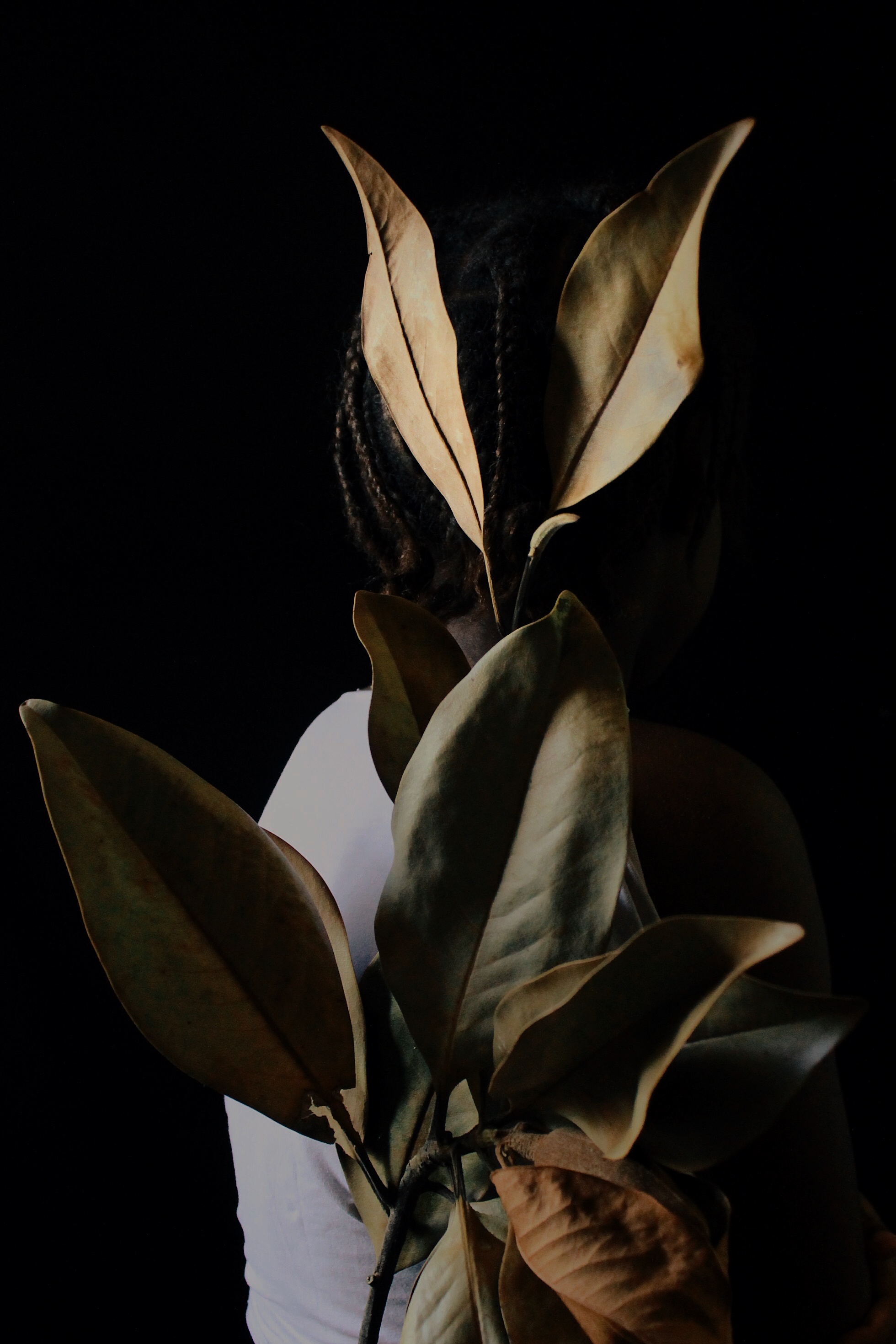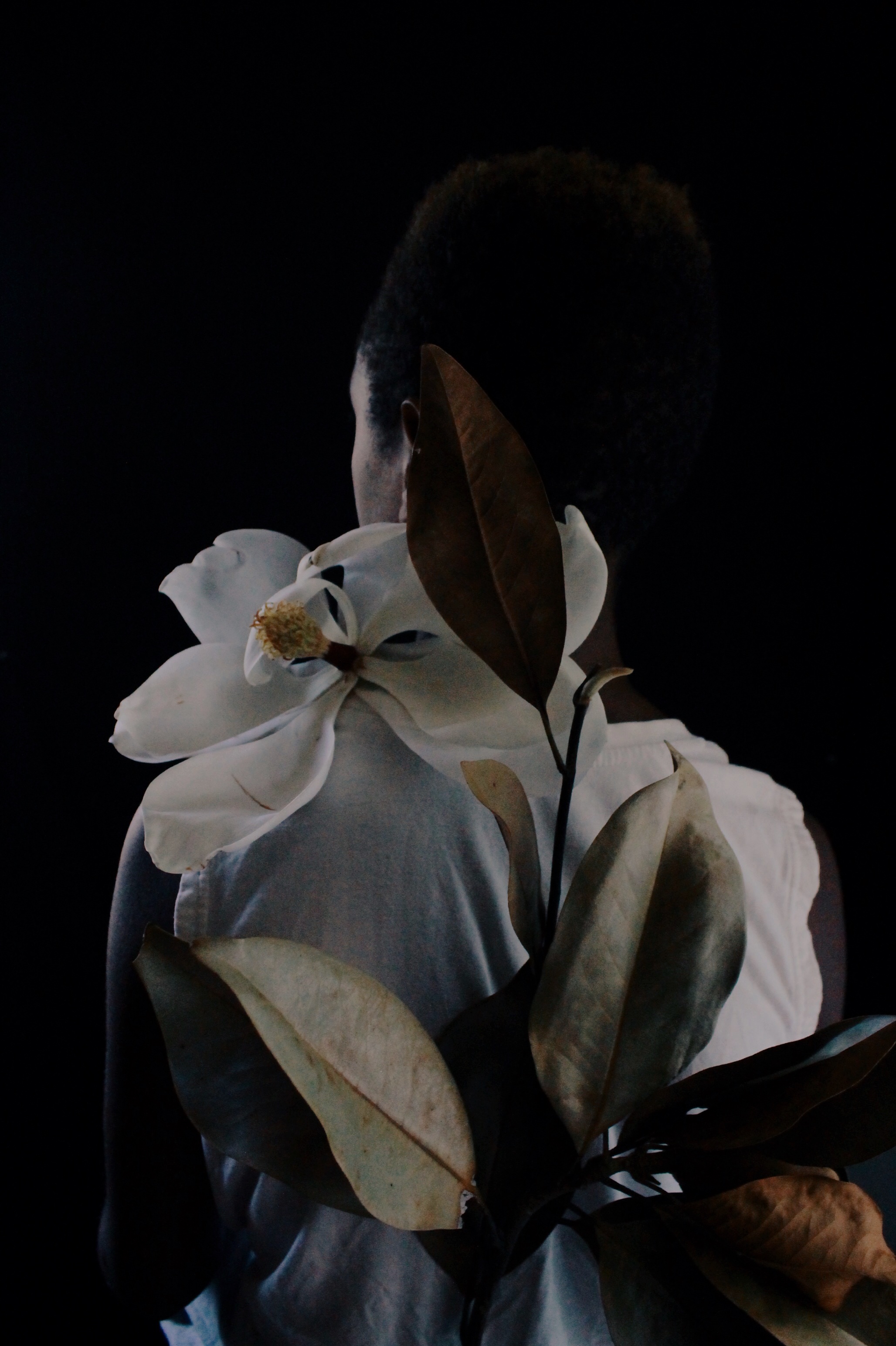Bloom: A Generational Perspective on Racial Identity in Youth
All throughout my childhood I was told I was white or weird.
I collected rocks, stamps and coins. Went on treasure hunts in my back yard. I loved insects, I adopted every animal my mom would allow me to keep. I loved the environment so I would ride around on my bike collecting bottles and cans to recycle in the neighborhood. I listened to classical music on the AM station and drew out the steps to ballet choreography. I had a myriad of interests.
To my family this was “white” behavior, and having interests and inclinations that vary from what is normal popular for people of color wasn’t positive.
At what point do children either take ownership over or try and separate themselves from what comes natural to them to be accepted? And to what degree is forcing a child in one direction or another generational?
I felt I had two choices: abandon the things I loved to keep from being picked on, or dive headlong into what I loved and separate myself from black culture.
I did the latter, and in that, became racist against my own out of non-acceptance. I didn’t apply to a single HBCU as I believed I would fare better at a “more organized” institution. I didn’t let go of my black friends, but I had a tendency to shy away from events involving large crowds of black people. I used to feel that I needed to be the better example of blackness in the face of white people.
To a child, there is no such thing as “white behavior”—only what interests you.
Parents can build limitations around what is acceptable black behavior which can cripple a child's ability to expand themselves. When I was growing up, a mother was usually the first person to tell you that your natural hair was “nappy” or that sitting in the sun or going swimming in the summer makes you too black (unattractive).
The Civil Rights Act ended legal segregation three years before my mother was born, so I know why my grandmother perpetuated certain limitations in my mother. Their limitations were legal. Our generation’s limitations are perpetuated through deeply embedded phobias.
This is one* reason why we fear police even when we've done nothing wrong (making it easy for wayward officers to capitalize on our fear), don't ask certain questions, don't go in certain neighborhoods or aspire to certain goals; Why you don’t often find us skiing, swimming, climbing mountains, jumping out of planes, camping, flying or playing alternative sports etc.—“white behavior” is dangerous.
This is also something to bear in mind when you see the argument made by politicians (and other ignorant people) that it is the black person's fault that they remain oppressed. Oppression can also be self-afflicted.
Today, we are less likely to redistribute those limitations to our children, but we do it, often in jest, but at the root we've said these things to our children to both align and protect them—to help them “fit.”
The children featured in Bloom all come from my neighborhood. They fight all day, tell on each other, and run back and play together again.
They also express an unwavering love for each other, regardless of background, through quick-healing forgiveness—something I believe we can learn from them.
Watch what you say to your children as they bloom because self-hatred can be generational.
Before I took her photo, I asked my niece, who is the darkest of all the children in this series, “Did you know you were gorgeous?” Her response: “No.”





